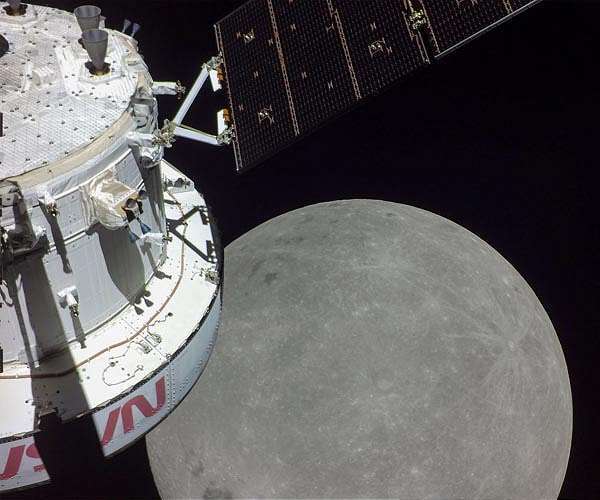15.04.2024

Defeating dust is a critical concern for astronauts and spacecraft heading to the Moon or Mars, prompting researchers at NASA's Kennedy Space Center in Florida to refine Electrodynamic Dust Shield (EDS) technology.
The technology uses transparent electrodes and electric fields to electrically lift and remove dust from crucial surfaces used in space, such as thermal radiators, solar panels, camera lenses, and personal astronaut gear like spacesuits and helmet visors. Efficient management of statically-charged dust is crucial for the success of lunar missions within NASA's Commercial Lunar Payload Services initiative and Artemis campaign.
Dr. Charles Buhler, lead research scientist at the Electrostatics and Surface Physics Laboratory at Kennedy, highlights the unique challenges posed by lunar dust. He explains that lunar regolith, which is sharp and abrasive due to the absence of weathering by water and oxygen, can infiltrate seals and habitats, significantly impacting mission integrity.
Drawing from the Electric Curtain concept first introduced by NASA in 1967, EDS has been under development at Kennedy since 2004. It reached a milestone with its deployment in low Earth orbit on the NASA Materials International Space Station Experiment 11 in 2019. There, EDS technology embedded in various material panels was tested in the space environment.
Prior to space testing, EDS had demonstrated its effectiveness in vacuum chambers, swiftly removing simulants and actual lunar regolith samples collected during the Apollo missions. More recently, the technology was integrated into the EagleCam CubeSat camera system by Embry Riddle Aeronautical University on Intuitive Machines' Odysseus lander during its lunar mission. Although the team did not capture the intended images, valuable data from the EDS was collected.
Further advancements are expected as EDS is scheduled to be part of another lunar mission later this year under NASA's CLPS initiative with Firefly Aerospace as a commercial partner.
Dr. Buhler anticipates that EDS technology will serve as a foundational tool in supporting long-term human presence on the Moon through future Artemis missions. The technology's utility spans from external applications on lunar habitats to internal uses, simplifying daily maintenance without the need for extensive cleaning supplies.
Quelle: SD
